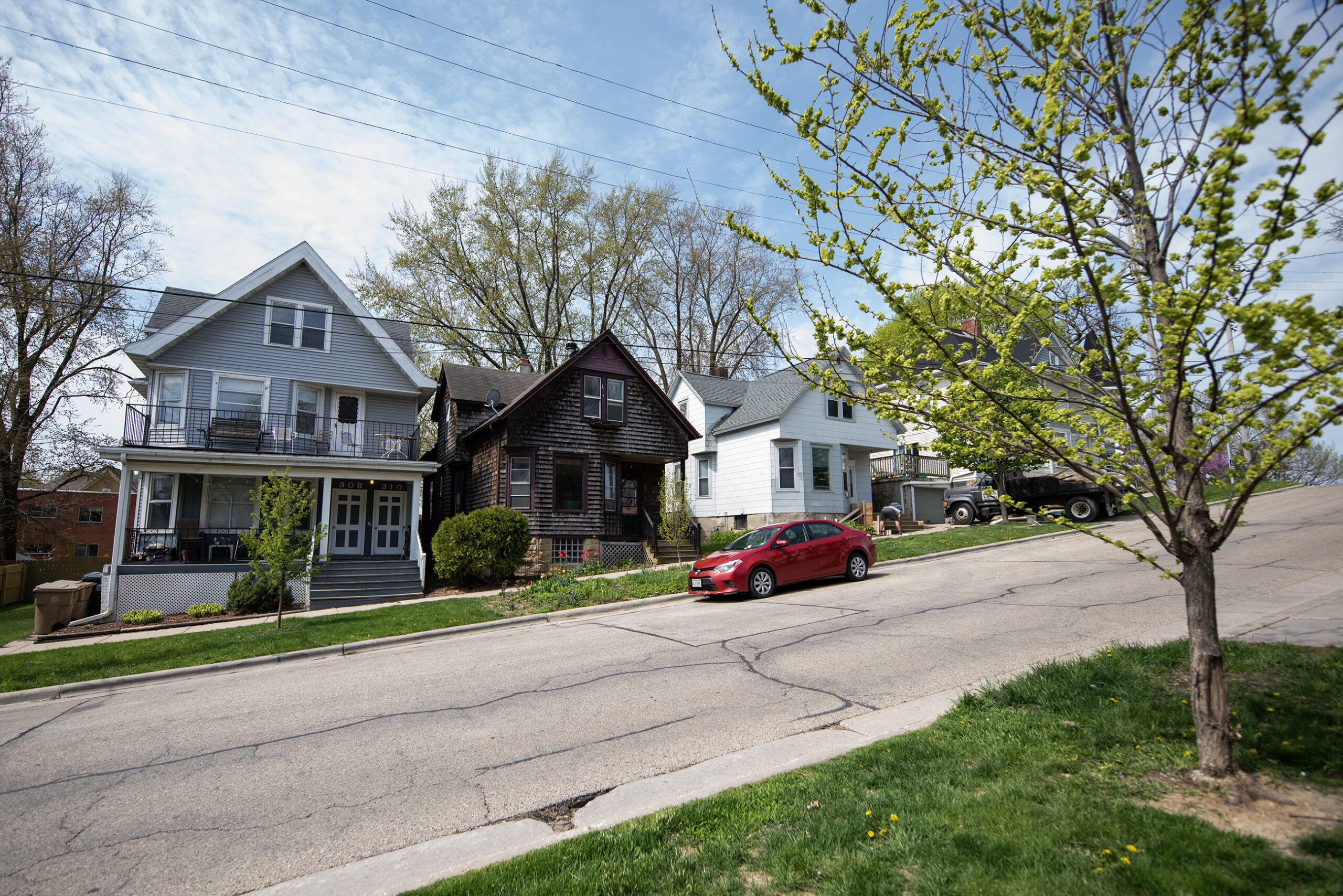Housing market in Wisconsin is a dynamic landscape shaped by a variety of factors that influence the market's overall developments. When you're contemplating buying or selling your home, or simply monitoring the market, knowing these important factors can give valuable insights into how and why prices for housing fluctuate.
1. Economic Conditions
Economic health of the state plays an crucial role in its housing market. Wisconsin's economy is diverse with strong sectors including manufacturing, agriculture, and healthcare. Economic stability and growth contribute to higher employment rates as well as higher income levels which could stimulate demand for housing. Conversely, economic downturns and high rates of unemployment may reduce demand, resulting in price stagnation or decreases.

2. Supply and Demand Dynamics
As with any other real market for real estate, Wisconsin's housing prices are heavily influenced by the balance of supply and demand. Recently there have been several areas of Wisconsin have faced a shortage of homes for sale which has pushed prices up. The reasons for this include slower rates of new construction as well as an growing preference for houses in rural and suburban regions. In terms of demand, growth in population, particularly in urban centers like Milwaukee and Madison, puts additional pressure on housing prices.
3. Interest Rates
Interest rates have a direct influence on affordability of housing. As you adjust the Federal Reserve adjusts interest rates, it influences mortgage rates, which in turn affects buyers' purchasing ability. Lower interest rates usually make borrowing cheaper, encouraging buyers to purchase houses and thereby increasing costs. Conversely, higher interest rates could hinder buyers' ability to pay for houses, which could result in lower demand, and consequently lower prices.
4. Local Market Conditions
Wisconsin's housing market can vary dramatically from one area to another. Urban areas such as Milwaukee and Madison typically have higher property values compared to rural regions. Local economic conditions, infrastructure development as well as neighborhood amenities all contribute to shaping the housing market. For example, new parks, schools or business developments could make a neighborhood more attractive which can increase property value.
5. Demographic Trends
Changes in demographics also affect the demand for housing. For example the aging population could affect the demand for various types of housing like single-story houses or homes with accessibility features. Additionally, trends such as remote work may increase demand for houses in rural and suburban areas, as more people look for larger space away from urban areas.

6. Government Policies
State and local government policies can also affect the market for housing. The laws governing zoning, taxes on property, and incentives for housing all play a role in the shaping of the market. Recent initiatives that aim to increase affordable housing or incentivizing new construction can influence the market and price.
In summary the housing market in Wisconsin is influenced by a complex combination of economic conditions supply and demand, interest rates local market variables as well as demographic trends and government policies. Understanding these elements can provide an accurate picture of the current trends and future forecasts, helping both homeowners and buyers navigate their way through the market efficiently.
